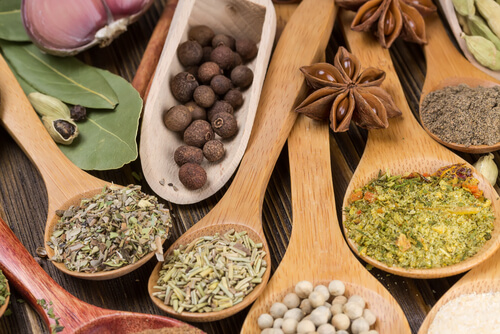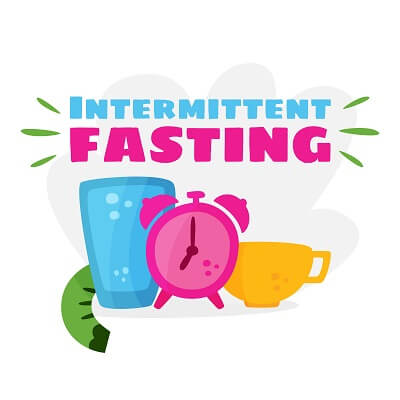Nothing quite beats a good cup of coffee; it is one of the few beverages that can be relaxing and stimulating at the same time. But while a good cup of coffee is all that many people want, some people actually want a little bit less. These are the decaf drinkers of the world – the people who want to enjoy the wonderful taste of coffee but absolutely do not want to suffer the sometimes strenuous complications that come from drinking caffeine.
But let’s get one thing straight: decaf coffee does not mean that there is no caffeine in the coffee. It is virtually impossible to completely remove the vestiges of caffeine from a pot of coffee. Decaf coffee simply means that particular brew has overall less caffeine than it normally would. For coffee to be considered decaf in the united states, at least 97% of the coffee bean’s caffeine quotient has to be reduced – that’s about 3 mg per cup.
Decaf Coffee works Like Caffeinated Coffee
The biggest differences between decaf coffee and regular caffeinated coffee is that decaf coffee has to go through an extra treatment process, and it has less caffeine. Other than that, decaf is pretty similar to normal coffee. It keeps you awake, while providing the body with a host of health benefits. Although decaf coffee will never have as many or as potent of health benefits as normal coffee.
Coffee is an amazing source of antioxidants; it is one of the largest sources of antioxidants in the Western diet (coffee is just that popular). But when you extract the caffeine from coffee you also extract the antioxidant and nutrient content of the brew. Sometimes it can be by as much as 15%. Other than that, there aren’t many differences between caffeinated and decaffeinated coffee.








